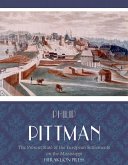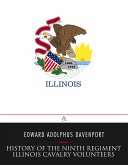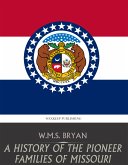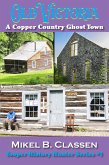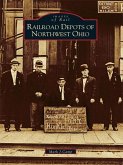The book argues that the Midwest served as a crucible for the American Dream, where diverse cultures collided and coalesced. It challenges simplistic narratives of assimilation, highlighting the complex negotiations of identity and community in Midwestern cities, towns, and rural areas.
One intriguing aspect is the book's focus on smaller cities and rural communities, providing a fresh perspective on immigrant life beyond major urban centers. Progressing chronologically, the book traces immigration waves from early German and Scandinavian settlers to later Eastern and Southern European arrivals, and finally to the Great Migration of African Americans.
It draws on a wide range of primary sources and recent scholarship, offering a nuanced analysis of how immigrant labor shaped industrial development and how ethnic enclaves influenced urban planning. This interdisciplinary approach provides valuable insights into the true cost of the American Dream for those who sought it in the heartland.
Dieser Download kann aus rechtlichen Gründen nur mit Rechnungsadresse in A, B, BG, CY, CZ, D, DK, EW, E, FIN, F, GR, H, IRL, I, LT, L, LR, M, NL, PL, P, R, S, SLO, SK ausgeliefert werden.



